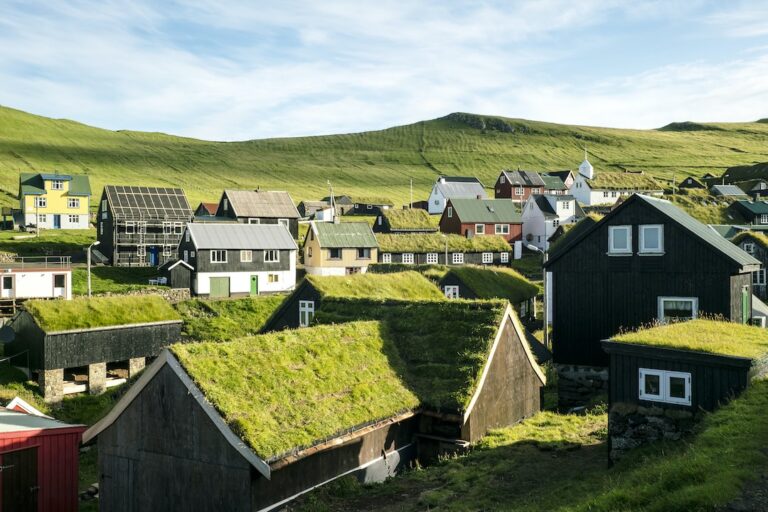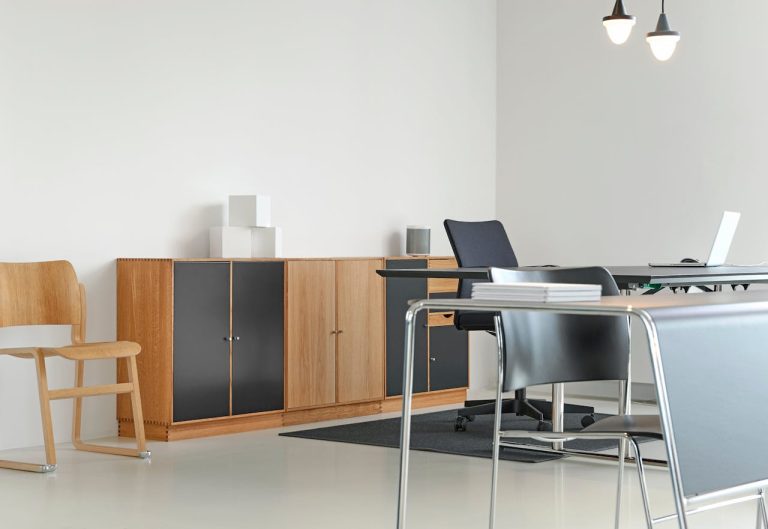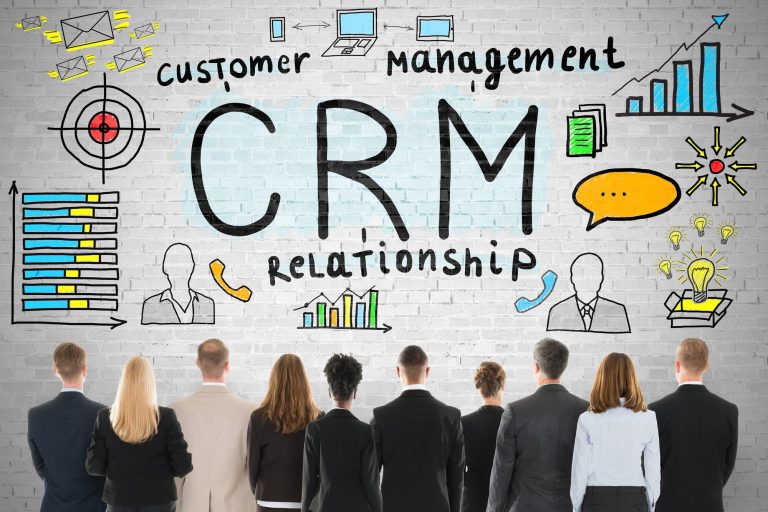The Best Flat Roof Types for Commercial Buildings
Choosing the right flat roof types for commercial buildings is key to longevity, durability, and cost-efficiency. Whether it’s for a new building or replacing an old roof, understanding the different flat roof types can save you from frequent repairs and hefty bills.
From rubber membranes to metal roofs, each type offers unique benefits. This guide will help you find the best flat roof solution for your commercial property, ensuring it’s well-protected against weather elements and energy-efficient.
Built-Up Roof
A built-up roof is a common choice for commercial roofing as it is made with several layers. These layers are a mix of tar and gravel. This kind of roof is strong and it lasts a long time. The built-up roof keeps water out well and is good for buildings that need strong roofs. It also helps save money on energy.
That’s because it keeps buildings cooler. This roof type is a smart pick for many businesses. However, it can be expensive to install and maintain. It also requires regular inspections to prevent moisture buildup and potential leaks.
Modified Bitumen Roof
Modified bitumen roof is another flat roof option. This option uses special flat roof materials. These materials make roofs strong. They make roofs last long too. A Modified Bitumen Roof is good because it fights against leaks. It is not too hard to put on buildings. This roof type is easy to fix if it gets hurt.
It works well in cold and hot weather. Many people pick this roof for their buildings. It’s good for keeping buildings safe and dry. However, like built-up roofs, modified bitumen roofs can also be expensive to install and maintain. It requires regular inspections and repairs as well.
Rubber Membrane Roof
The rubber membrane roof is a good choice for many buildings. It is made from a single layer of rubber. This rubber is strong and flexible. It can stretch without breaking.
This type of roof is good at keeping water out. It lasts a long time in the sun and cold. It is also easy to fix if it gets a hole. Plus, installing a Rubber Membrane Roof is not too expensive. It is lighter than other roofs. This means it’s easy to put on top of buildings. People like this roof because it saves energy. It keeps buildings warmer in the winter and cooler in the summer.
PVC Roof
PVC Roof stands for Polyvinyl Chloride Roof. This type of roof is very tough. It does not burn easily. PVC Roofs are good because they can last a long time. They also do not get hurt by chemicals. This is useful for buildings that use or store chemicals. PVC Roofs are light in color.
This means they can reflect the sun. Because they reflect the sun, they can help keep buildings cooler. This can save money on energy. People who care about saving energy might also think about assessing the value of solar panels. This can make a building even more energy-efficient.
TPO Roof
TPO roof stands for Thermoplastic Polyolefin Roof. This roof is becoming popular for commercial buildings. TPO Roofs are good at keeping water out. They are white, so they reflect sunlight.
This helps keep buildings cool. That saves money on cooling costs. TPO is also strong against tears and punctures. It is a good roof for places with strong winds or lots of weather changes. Installation is quick, which can also save money. TPO is a smart choice for businesses that want a durable, energy-efficient roof.
EPDM Roof
EPDM roof is short for Ethylene Propylene Diene Monomer Roof. It’s a type of rubber roof. This roof is very strong. It can last a very long time. EPDM Roofs are good for buildings in many places. They work well in hot or cold weather. This roof type is good because it does not cost too much.
It is also not hard to fix if it gets damaged. EPDM can also help keep buildings cooler. This is because it reflects sunlight. Many business owners choose EPDM Roof for its durability and cost-effectiveness.
Spray Polyurethane Foam
Spray Polyurethane Foam, often called SPF, is a unique flat roof option. This foam is sprayed on as a liquid. Then, it expands. It turns into a solid foam. This creates a strong, waterproof layer over the roof. SPF is very good at keeping water out.
It also adds extra insulation to the roof. This can help keep buildings warmer in winter and cooler in summer. That saves money on energy bills. SPF roofs can be repaired easily. They last a long time. This makes SPF a good choice for many commercial buildings.
Green or Living Roof
A Green or Living Roof is covered with plants. It is not just for looks. This roof type is good for the environment. Plants on the roof clean the air. They also catch rainwater. This can stop too much water from going into the streets. Green Roofs can help buildings stay cooler. This is because plants block the sun.
This kind of roof can make a building more beautiful. It can also give people a nice place to relax. But, it might need more care than other roofs. This is because the plants need to be watered and looked after. This roof type is best for businesses that want to be environmentally friendly and have an aesthetically pleasing building.
Metal Roof
Metal roof is a great option for commercial buildings. It is made of metal panels or tiles. This type of roof is very strong. It can last a long time, sometimes up to 50 years or more. Metal roofs are good because they resist fire and strong winds. They also do not need much care. This can save money over time.
Another good thing is that metal roofs can be recycled. This makes them a good choice for people who care about the environment. Metal roofs can also reflect the sun. This means they can help keep buildings cooler and save on energy costs.
Learn More About Flat Roof Types
Choosing the perfect flat roof type for your commercial building is a crucial decision that affects not only the aesthetic appeal but also the functional durability of your property.
These flat roof types offer distinct advantages, whether it’s energy efficiency, longevity, or resistance to specific environmental conditions. To make an informed choice, consider the specific needs of your building, the climate it’s situated in, and your budget.
Looking for more tips and ideas? We’ve got you covered. Check out some of our other posts now.





